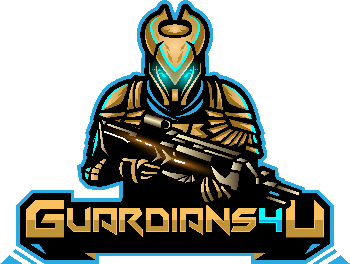Suicide Squad
You can raise a lot of questions about the concept behind Suicide Squad: Kill the Justice League. Should they have focused on the Suicide Squad after two underperforming DC movies? Shouldn’t they have just picked another JLA member to make an Arkham-ish game for instead?
But without question, the number one complaint is that rather than a dedicated single player experience, something we know Rocksteady is excellent at, Suicide Squad: Kill the Justice League was designed as a co-op, live service, battle pass-having looter shooter. And in 2024, that’s an extremely daunting project at baseline.
I think we need to talk about why this is. In this case, it’s not just genre fatigue. Individually, sure, people may be tired of games inserting loot rarities, or games asking for seasonal battle pass purchases. But the core issue with live service games is: time. Player time. Developer time.
There is a reason that many players enjoy the prospect of new, solid single player games. Sony has made this their bread and butter. So has Nintendo, minus some of their party offerings. Xbox has more leaned into multiplayer with Halo and Gears and Forza, but their single player campaigns are praised and they have more games in that vein on the horizon. There is a reason that eight out of ten of the last GOTY winners of The Game Awards have been largely single player games.
Suicide Squad: Kill the Justice League
You can play these games and they just…end. A game like Spider-Man 2 will probably be maxed out at 30 hours unless you want to restart. God of War, 40-50 hours maybe. But even if you keep going, 100 hours of Elden Ring, 200 hours of Baldur’s Gate, at a certain point you’re going forward just because you want to, not because there is some grind demanded of you.
The simple fact is that when a new single player games is released, it’s demanding a specific amount of time from you, whenever you feel like playing. When a new live service game debuts, especially one with lots of PvE content, you’re being asked to play year-round and to keep up with the rest of the playerbase, lest you fall behind on all the new content releases, making jumping back in difficult. Given the size and scope of these games, you might be able to play a dozen single player games a year, but managing a live service game? Maybe one, two, at best. And so that game has to be excellent to take one of those slots.
The problem that we’ve seen is that it’s not enough to just be okay. You have to be extremely good in so many categories to hold player attention. Anthem had fun flying mechanics and pretty cool builds and combat. Marvel’s Avengers had surprisingly great hero kits and a good opening campaign. But that wasn’t enough. Delayed roadmaps, underwhelming post-launch content and a unstable core that ultimately cause their collapse.
Avengers
While I know Rocksteady also has a big roadmap of post-launch content planned (and of course it is not easy to release a giant AAA game then a bunch of AAA level content afterward) the core game has to A) hook players enough to show up and B) you have to actually deliver that promised content on time rather than spending 6-12 months fixing problems with the base game, causing delays. That is absolutely what happened with both Avengers and Anthem, and really what happened with Destiny, which was fortunate to not immediately be a live game with both Destiny 1 and Destiny 2, but craft a big expansion (two different times) that helped turn things around.
What I’m saying is that even if it looks like everything is aligning, the process of both selling players on a live service game then being able to manage that live service game on the development side, especially with PvE content, is probably one of the single hardest things to do in the industry right now. I wish Rocksteady luck, they will need it.
Follow me on Twitter, Threads, YouTube, and Instagram.
Pick up my sci-fi novels the Herokiller series and The Earthborn Trilogy.
make an article about Kill The Justice League’ And The Enormous Risk Of Live Service In 2024
#Kill #Justice #League #Enormous #Risk #Live #Service





